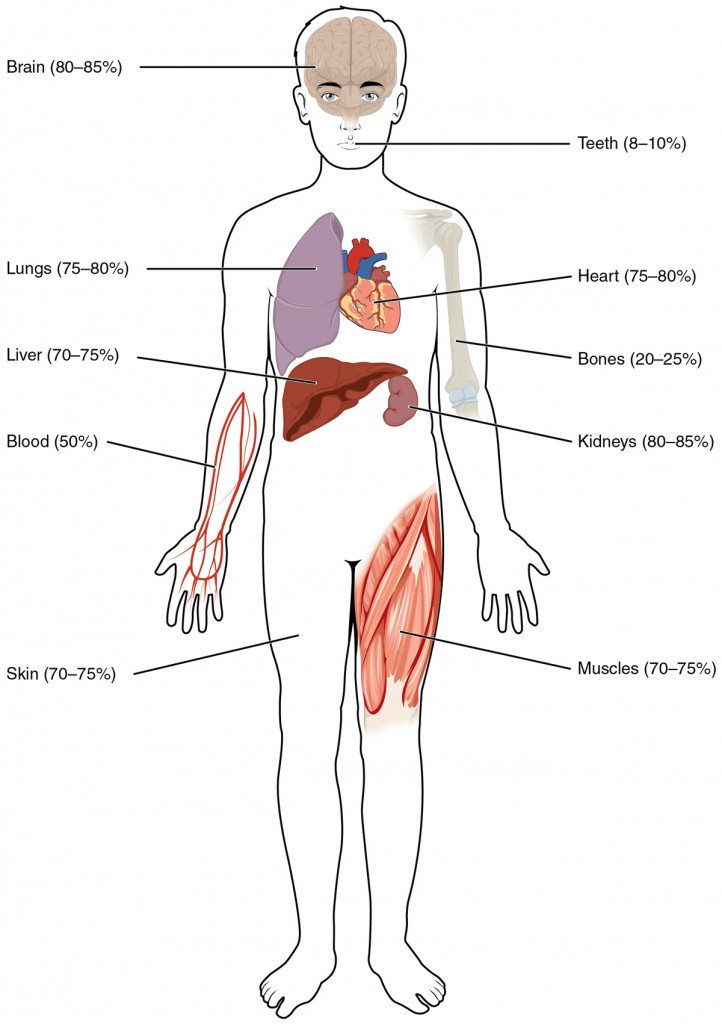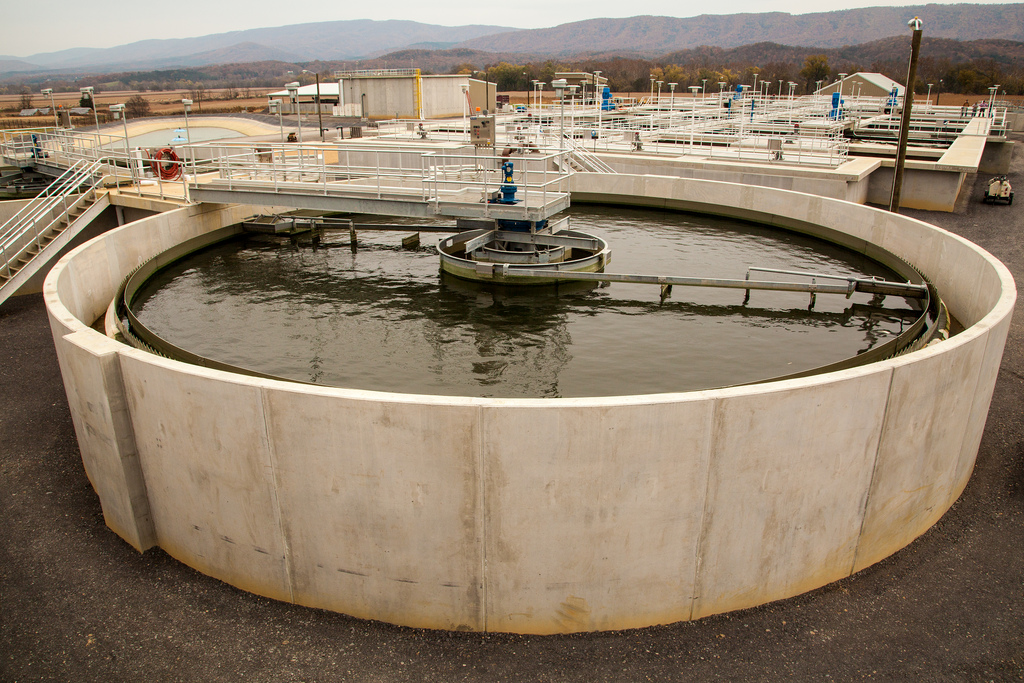Watery Bodies

Porous Places is, for the most part, a blog about watery landscapes. Some detours into neurobiology, epigenetics, animal friendships, and children’s literature aside, I usually manage to stay focused on the soggier entanglements of society and environment.
But one kind of watery place that I’ve largely neglected here is the body.
And while this post will mostly be about human bodies, there’s no reason not to be inclusive of plant and animal bodies as well. Water and whatever may be suspended in it flows in and out of our bodies—whether human or non-human, animal or plant—with all sorts of consequences for both ecological health and the ways we understand our relationship to the environment. Re-imagining all of our bodies as watery landscapes can be revealing.
Let me tell you three stories. . . .
One.
In her preface to Toxic Bodies, Nancy Langston writes about a visitor to her undergraduate seminar. Maria, a grad student in the environmental sciences, had grown up along Wisconsin’s Fox River. Today, the lower Fox is a Superfund site, but in her youth, Maria freely played in its waters and consumed fish from the watershed. Over the course of her childhood, Maria’s body steadily accumulated PCBs.
Many years later, with the birth of her daughter, Maria was faced with a choice: should she breastfeed? Breast milk of course promised important health benefits for her child. But Maria’s body had also become a toxic site. The milk she produced would reduce her own body’s concentration of PCBs, but also posed serious endocrine and immunological hazards for her newborn daughter.
Two.
For over a decade, environmental toxicologists and other scientists have observed the accumulation of pharmaceuticals and personal care products in the environment. Either excreted from or washed off of our human bodies, these substances find their way into watersheds when treated sewage gets piped into streams or used agriculturally as fertilizer and reclaimed water. Some of these “microcontaminants” have subsequently shown up in the bodies of all sorts of non-humans, including fish, earthworms, and soy plants (to say nothing of potential re-accumulation in people).

Three.
Last year a story broke about cadmium-tainted rice in China. And while cadmium rice has been known to be a problem since the 1960s, studies have since found that the grain readily absorbs all sorts of heavy metals, including lead, arsenic, and even mercury. Crucially, those relationships seem to be determined in part by the amount of water flowing through a rice field. More heavily flooded fields allow plants to better absorb any water-soluble arsenic present in the soil. But it also appears that drier fields (a relative term in wet-rice agriculture) will grow plants with higher concentrations of cadmium in the actual rice grains.
So these three examples—contaminated breast milk, microcontaminants in wastewater, and heavy-metal rice—all present fascinating, troubling stories about water pollution. But so what? What do we really get from thinking about bodies as watery places?

Maria’s story is perhaps most evocative for answering that question. It’s even larger than a personal history of water pollution and environmental exposure, although that story in itself is still deeply powerful. PCBs, dumped into a river and then suspended in its waters, entered a young girl’s body and accumulated in her fatty tissues. Decades later, her body re-suspended those contaminated fats in water to produce milk. Maria’s body, fundamentally entangled with the watershed of her childhood, produced new flows of water that could potentially ripple throughout her family for generations.
Maria’s story suggests, quite tragically, that our bodies are not only intimately connected with the physical world, but also that those intimate connections are full of their own micro-scale ecologies and biophysical processes. As organisms transform contaminated water into contaminated milk, sewage, or rice grains, they start to act almost as active elements of a landscape.
As PCB-laden breast milk feeds a newborn, or microcontaminants in treated wastewater recirculate through the environment, or arsenic rice gets sent to market, these bodies become components of deeply complex “watersheds” blurring the boundaries between nature and society, human and non-human. Moreover, these watersheds span time and space in surprising, perhaps often unnoticed ways. Environmentally persistent pollutants can get transmitted across generations thanks to watery biologies of accumulation and secretion. Meanwhile, global markets, in concert with those same watery biologies, allow flows of contamination to reach far beyond the physical barriers delineating drainage basins.
What else might we discover when we re-imagine our bodies as tiny tributaries in a watery world?
